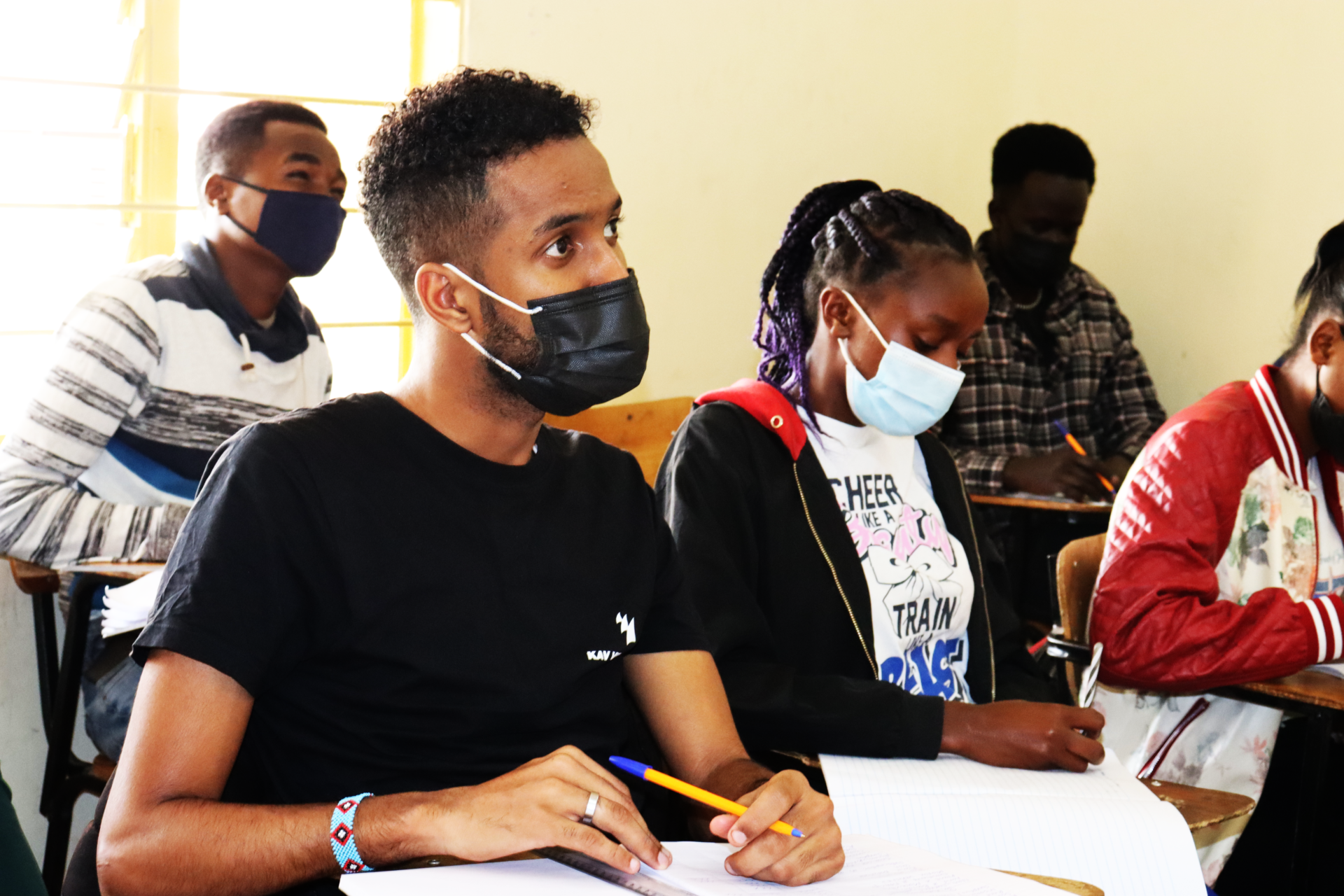
Health Minister Kenya: Kenya Colleges and Universities.
The word health refers to a state of complete emotional and physical well-being. Healthcare exists to help people maintain this optimal state of health.
Mental health is necessary to maintain the survival of social, occupational and educational activities of the community, and is the main goal of the implementation of mental health programs in the community.
The World Health Organization (WHO) in its constitution of 1948 defines health as “a state of complete physical, mental and social well-being and not merely the absence of disease or infirmity”.
Mental health is defined as “a state of well-being whereby individuals recognize and realize their abilities, are able to cope with the normal stresses of life, work productively and fruitfully, and make a contribution to their communities”. Positive mental health includes emotion, cognition, and social functioning and coherence. Mental health is a key determinant of overall health and socio-economic development. It influences a variety of outcomes for individuals and communities such as healthier lifestyles; better physical health; improved recovery from illness; fewer limitations in daily living; higher education attainment; greater productivity, employment and earnings; better relationships with adults and with children; more social cohesion and engagement and improved quality of life.
Key features
• Discussion of the terminological confusion that exists in relation to issues associated with mental health.
• The scale of individual suffering from mental health problems and illness among young people.
• The worldwide phenomenon of the stigmatization of mental illness, originating during childhood.
• Evidence regarding interventions to reduce stigma.
In this chapter we explore the concepts of mental health and mental illness from different perspectives, including those relating to children, and of children. This is important as those who work in mental health, or are familiar with the field, often make the assumption that the terms used are readily understood by others. The scale of the problem and access to services is outlined. We then discuss stigma generally, explore the reasons for it and possible sequelae, and then consider how this relates to children. Finally, interventions to reduce stigma are briefly presented. The chapter also has an exercise which provides a practical context for the theoretical content and should be borne in mind as you read, and answered once you have finished the chapter.
Exercise
General questions
• What words or images do you associate with the following terms:
• Mental health
• Mental health problems
• Mental illness
• Mental disorder
• What sorts of problems do people experience that could be described as mental health problems or mental illness?
• How would you be able to tell if someone was experiencing mental health problems or mental illness?
Case scenarios and associated questions
Please read each scenario and then consider the following questions in relation to it:
• What do you think might be happening with the young person?
• Do you think the young person has a mental health problem or illness? If so, on what grounds would you justify that decision?
• Do they need help?
• If so, who and/or what might be helpful?
• How might this be helpful?
Case scenario 1
Jack, aged 9, lives with his mother and younger brother. His father unexpectedly left the family a year ago. Jack started a new school six months ago and is having difficulty settling in. He complains of tummy ache each school morning and is increasingly reluctant to attend.
Case scenario 2
Emily, aged 14, lives with her parents, who are both busy professionals. She works hard, achieves A-grades and plans to be a lawyer. Recently she has been teased by her friends about her weight and has decided to go on a strict diet. She is pleased with the results so far and plans to continue eating little, making herself sick after meals and exercising a lot.
Case scenario 3
Joshua, aged 15, lives with his dad and stepmother. He has little contact with his mum or younger brother and sister. Recently he has been cautioned by the police for joy-riding in stolen cars with his mates. He prefers to spend time smoking dope with older boys rather than going to school.
Considerable terminological confusion exists in relation to issues associated with mental health generally and among children and young people specifically. Furthermore, stigmatizing attitudes towards mental illness and related issues continue to pose a challenge. Children, young people and adults display similar negative attitudes towards both mental illness and individuals experiencing mental health problems or illness. However, there is some evidence that these might be amenable to interventions such as education.
Learn to reach out, ALWAYS REACH OUT.
Call : 0715111101 whenever you need to talk. Any time.
Rift Valley Institute of Business Studies Cares about you. Do not forget that.





